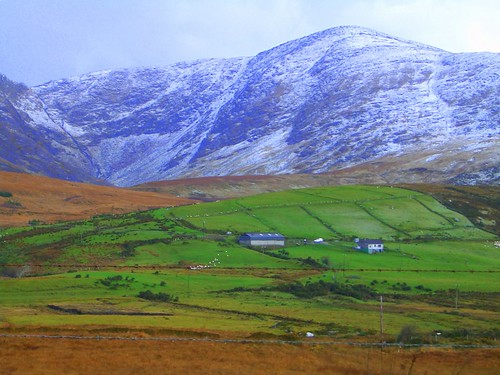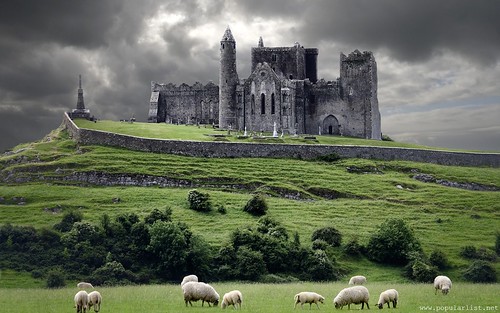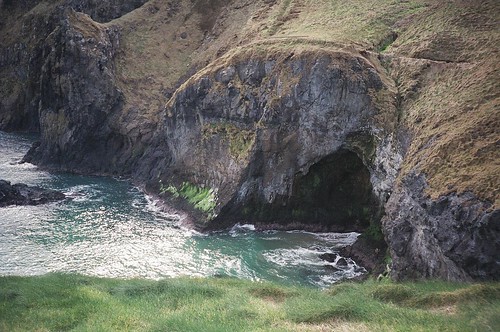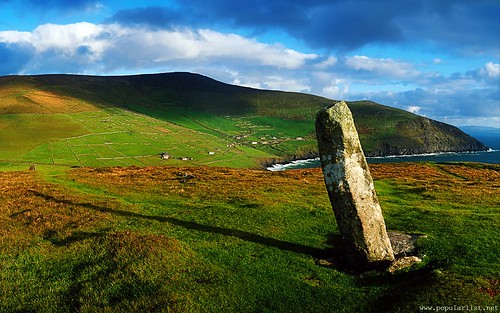One of the great things about reading other blogs is that you can get some great ideas for posting. I am adding my own title to a great idea, calling it "Your Day Thursday". In my case I will try and regularly post on Thursday a story or snippet from an ancestor'a life.
I post a fan chart from FamilySearch Family Tree to identify how I am related. Today I write about the fabled Patrick Cragun. I am a descendant of him and his son, Elisha.
Patrick is a road block or dead end in our families research. Supposedly his father was Caleb. We aren't even certain of his wife's name. Any who can break this dead end will become the beloved researcher in our family.
Gaylynne Heiner Hone, granddaughter of Eva Heiner, is an excellent researcher. In her book about the Osborne line (Elisha Craguns wife is an Osborne descendant) she brings in some information and sound speculation regarding Patrick.
I recommend the book, buy it here at a discount:
http://www.lulu.com/shop/gaylynne-heiner-hone/descendants-of-caleb-james-osborne-patrick-cragun/paperback/product-21054241.html
From Gaylynne's book:
"A very interesting this to note is that a lot of Patrick Cragun's neighbors and possibly Patrick lived in Pennsylvania after migrating to America and did he possibly live there for awhile before coming to Tennessee."
In speaking with Gaylynne she reminds me that people traveled in groups for safety reasons. It is logical to her that if all of Patricks neighbors can be documented as coming from Pennsylvania, Patrick living among them, it is a possibility he migrated with them.
The spelling of Cragun is a challenge. Some suggest it was Craughn. Ireland has about 100 spellings, none I find the way we spell it C R A G U N.
In her book Gaylynne describes what it might have been like for Patrick and his family in a trek to Tennessee:
"They would have traveled in hopes of finding good land on which to settle. They probably moved westward in the usual pioneer manner - the men walking with their rifles on their shoulders, the oldest children driving the cows, and the women and young children riding on horses already burdened with household goods and farming implements. Arriving at Watauga (Long Island) country, the group separated. Each family cleared a piece of ground for themselves and then built a cabin around Indian Creek and the Holston River.
He probably crossed the mountains with his wife but that is unknown. Patrick Cragun with friends and family arrived in Sullivan County, Tennessee about the same time: and received property next to each other. Patrick probably would have traveled with his reliable horse and rifle for protection, like most frontiersman, the family probably lived on game and whatever they were able to shoot and grow when they first arrived. He was probably a grimy and tired traveler, weary from his possible long and difficult journey across the mountains. They probably rested on the banks of the Holston river in Eastern Tennessee.
Gaylynne's book gives an interesting scenario of what it was like for those traveling in those days. She also came across a 1795 court order appointing Patrick and others to view and lay off a great road. She copies the text into her book.
Patrick, whatever your trail was, you have a great posterity. We are many as depicted in the Puzzilla chart below. Help us find your ancestors. Was Caleb your father? Where really did you live; Ireland, England, or Scotland? What is your wife's name? We need your help from the place you now abide.
We your grandchildren are grateful for our heritage. We would love to know more about our Irish roots.
We know so little, but it is your day Thursday. Thanks for your life, your DNA flows in our genes.
If you are unaware of the chart above it is from a Family Search partner, Puzzilla.org. The data in family tree is the data that creates the descendants chart. Each dot is person. Patrick shows 4 daughters (red dots) and 6 sons (blue dots) You can see where research needs to be done, in his case 5 of his children showing no children. In this photo this is a four generation chart. Some are recently deceased. Only deceased people are public in Family Tree.Yellow blocks by the person indicate that they died before age 16.
As you see, this shows almost 40 grandchildren and I count about 175 great grandchildren. I leave it up to you to count the great greats.











![[Howth and Ireland's Eye. County Dublin, Ireland] (LOC)](http://farm5.staticflickr.com/4064/4427427596_8445180a4a.jpg)



 Utilizing brilliant military maneuvers, Menendez destroyed the French garrison on the St. Johns River and, with the help of a hurricane, also defeated the French fleet. With the coast of Florida firmly in Spanish hands, he then set to work building the town, establishing missions to the Indians for the Church, and exploring the land.
Utilizing brilliant military maneuvers, Menendez destroyed the French garrison on the St. Johns River and, with the help of a hurricane, also defeated the French fleet. With the coast of Florida firmly in Spanish hands, he then set to work building the town, establishing missions to the Indians for the Church, and exploring the land.






